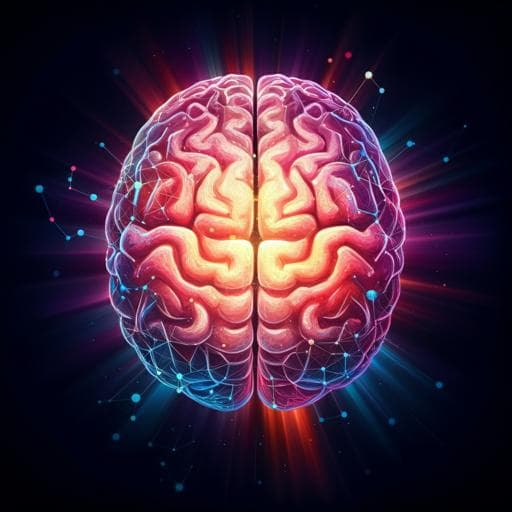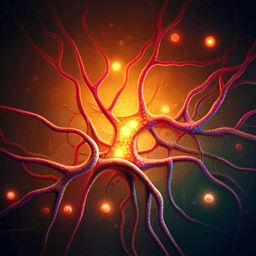
Medicine and Health
Efficacy and tolerability of repetitive transcranial magnetic stimulation for the treatment of obsessive-compulsive disorder in adults: a systematic review and network meta-analysis
K. Liang, H. Li, et al.
Discover the latest findings from a systematic review and network meta-analysis examining the efficacy of rTMS strategies for treating OCD conducted by Kaili Liang and team. Low-frequency rTMS over the DLPFC showed significant promise, surpassing sham treatments, paving the way for future explorations in mental health therapies.
~3 min • Beginner • English
Related Publications
Explore these studies to deepen your understanding of the subject.







